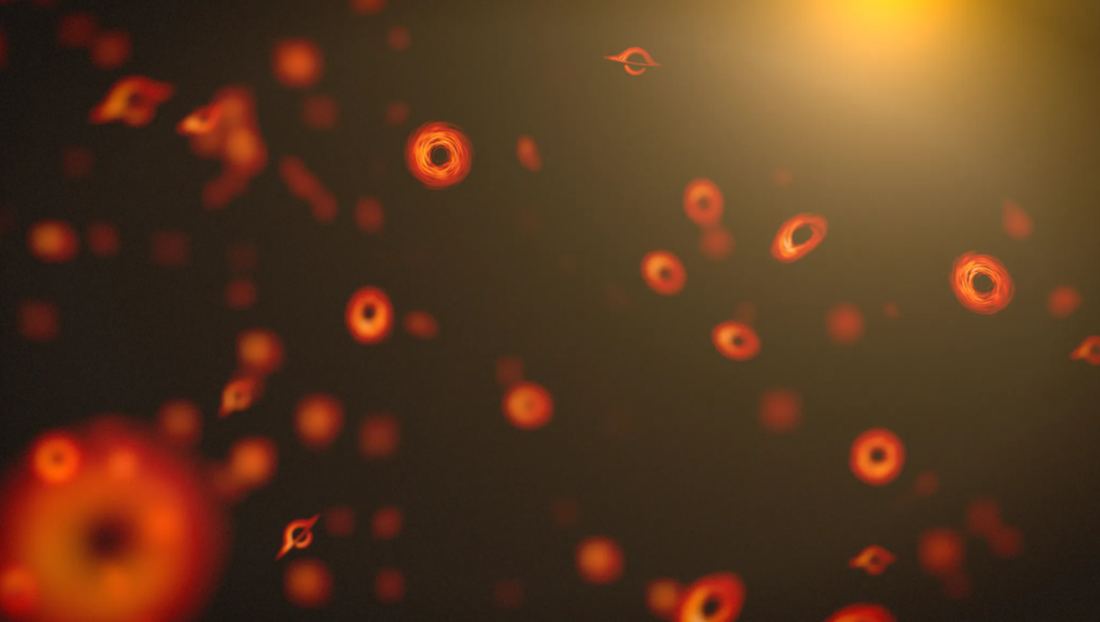Through the Artemis Program, NASA will send astronauts to the lunar surface for the first time since 1972. While the challenges remain the same, the equipment has evolved, including the rocket, spacecraft, human landing system (HLS), and space suits. In preparation for Artemis III (planned for September 2026), NASA recently conducted a test where astronauts donned the new space suits developed by Axiom Space and practiced interacting with the hardware that will take them to the Moon.
Continue reading “Astronauts are Practicing Lunar Operations in New Space Suits”Astronauts are Practicing Lunar Operations in New Space Suits










